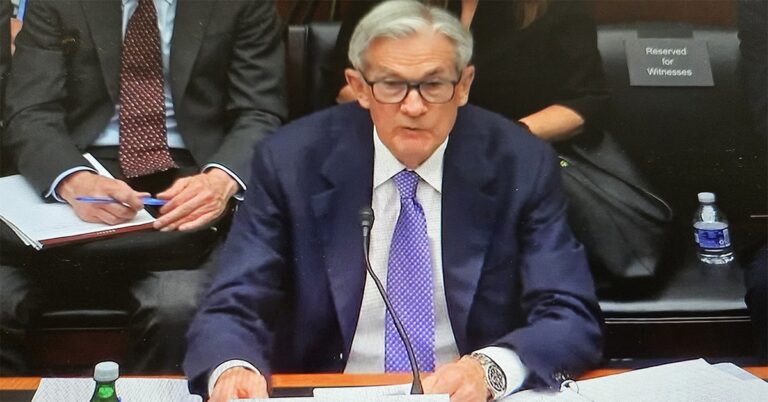Despite ongoing challenges in the commercial real estate sector at large, a new report from JLL is projecting a rosy near-term outlook for urban retail markets, which have benefited greatly this year from the return of foot traffic to prime corridors.
Urban foot traffic slowed to near zero in almost every city during the COVID-19 pandemic due to mandatory store closures and occupancy restrictions. Even though an American populace eager to leave their homes returned to in-person shopping almost immediately, urban retail destinations lagged compared to suburban centers, mirroring residential migration patterns that emerged during the depths of the pandemic era.
But urban traffic has seen a considerable recovery this year due to the reversal of these population outflows from large cities, along with the gradual return of on-site office work to central business districts. The return of international and domestic travel has played a part too. Consider that visitors to the U.S. spent a combined $156 billion through the first nine months of this year, up 31.6% from the same period last year and a staggering 183.7% above 2021 levels.
Consequently, coastal gateway hubs that double as white-collar business centers and major tourist destinations have been big beneficiaries. Pre-pandemic levels of foot traffic have been recorded this year in cities like Boston, Chicago, and Washington, D.C., joining others like Miami, which saw pedestrian traffic return to historic norms by early 2021 due to more lenient COVID restrictions.
The trends of heightened tourism and more employees returning to in-person office work appear to have plenty of momentum, especially if any economic downturn in 2024 is closer to a soft landing than a full-blown recession. This bodes well for the continued strength of prime urban retail next year, with some retail subsectors well poised as tenant sources.
Apparel retailers, for one, are taking full advantage of consumers who are keen on returning to the in-person shopping experience. A robust 48% of overall prime-corridor leasing thus far in 2023 has come from apparel companies, up from 35% in 2022. In particular, athleisure retailers comprised 21% of new apparel leases, with brands like Lululemon, Vuori and Hoka leading the charge.
Luxury retail, too, has been a leader in the physical retail rebound due to the value of the in-store experience for the subsector being difficult to replicate online. Bottega Veneta, Cartier, and Dolce & Gabbana, among others, have been proactive in opening new spaces in anchor markets like Chicago and New York.








